|
When I went on my epic road trip by train a couple of weeks ago, I ended my trip in Dresden to visit the Rüstkammer (click the link for short YouTube videos of the exhibition and an online catalogue of the pieces). Although my husband lived in Dresden for about a year, I wasn't into embroidery back then and thus never visited this museum. How times have changed! However, the museum houses the largest collection of Renaissance clothing in the world. And this clothing was often elaborately embroidered. Due to the foresight of the royal family of Saxony, the clothes were collected instead of worn up or placed in the graves. If you study Tudor embroidery, Elizabethan embroidery or 17th-century stumpwork embroidery, this is a collection you absolutely want to visit. And whilst there is no paper version of the museum catalogue, there is an online one (just click the link a little further up and scroll to the bottom of the page). Both the museum website and the captions in the museum are also available in English. As I fully understand that not everybody can travel to Germany, I am going to introduce you to some spectacularly embroidered pieces. Enjoy! Although there are very many beautifully embroidered pieces on display, the above mantle blew me away because of its sheer size and whimsical embroidery. It was made in 1611 for Johan Georg I of Saxony by Dresden embroiderer Hans Erich Friese. It was given to him by his mother Sophie of Brandenburg as a Christmas present. The embroidery on the cloak shows Dresden and the surrounding countryside. The cloak was part of a whole matching outfit and Johan Georg must have looked splendid wearing all those matching pieces. Here you see a close-up of the embroidered seam. On the left, there is a lady in a red dress milking a cow. In the middle, there is a herdsman and towards the left, there is a man in red with a couple of swift hunting dogs (Johan Georg was an avid hunter). There are all sorts of watercraft on the river Elbe. And on the opposite river bank, there are wild animals standing on the hillocks beneath the trees. As you can see, parts of the scenes are being repeated along the seam. Here we have another milkmaid on the right. The main scene consists of the bridge that connects the old part of town with the new part of town. The rectangular raft approaching the bridge has so much detail in it. And do you see the little red man with his fishing rod? I can just imagine how embroiderer Hans Erich Friese enjoyed himself and kept adding whimsical characters like these. There is so much to discover! The embroidery itself consists of many techniques which can be found on 17th-century embroidery from England (think caskets!). Many elements have some form of padding. And Hans Erich also cleverly incorporates the background silk to form the sky and the river. And I think that the canopies of the trees are made of over-twisted silk. As said, the embroidered blue cloak was part of an elaborate outfit. Hans Erich Friese must have embroidered for several years with a dedicated team of embroiderers in his Dresden workshop. And look at the gorgeous hat! There are even pink dolphins swimming in the river Elbe. Not sure the water was clean enough for these animals to enjoy a swim in the river in the 17th-century ...
Do click on the provided links as there are many more pictures online for you the explore. There are also matching trousers and a lovely hunting bag.
19 Comments
After I originally published my blog post on certain similarities between some orphreys held in Museum Catharijneconvent and the orphreys on the copes of the Order of the Golden Fleece, an interesting discussion developed with Andrejka of Štikarca needle at work (do visit the website for beautiful embroidery and an interesting blog!). Although Andrejka does not agree with my observations, she did mention a third set of orphreys with a similar architectural background. Reason enough to explore the topic further. And please do chime in with your observations and opinions as they are very much appreciated! To clarify why I think the backgrounds of all three sets of orphreys are related to each other, I have made line drawings of their canopies (this term was coined by Dr Beatrice Jansen in 1948; more on her work later). The squareness of the front of the canopy with the two open 'triangles' of the buttresses above the arch is the same in all three pieces. The actual vault differs a bit. In the pieces from the Museum Catharijneconvent and those from the collection of Sam Fogg, it is a rib vault typical for the Gothic period (either a single one or a double one). The orphreys on the cope of the Order of the Golden Fleece display a barrel vault. Although barrel vaults were known in antiquity, they were re-discovered in the Renaissance. Interestingly, the colour scheme for all three is the same: red/orange for the inside of the arch, triangles and columns and blue for the vaults. Strangely, the Sam Fogg catalogue does compare their orphreys with those of ABM t2107 and ABM t2165, but not with ABM t2114, ABM t2215 or BMH t622, although they are in the same museum and are much more identical to their own pieces. For me, the form of the canopy of the orphreys held by Museum Catharijneconvent, Sam Fogg and the copes of the Order of the Golden Fleece stand out from all the other 'Dutch' canopies out there. Interestingly, Dr Beatrice Jansen was also not able to assign these to one of her 'canopy groups'. She sees BMH t622 as a stand-alone design (she was clearly unaware of ABM t2114 and ABM t2115).
The origin of the ABM t2114 and ABM t2115 is given as Northern Netherlands and the date as AD 1490-1500. However, BMH t622 is seen as originating in the Southern Netherlands and dating to c. AD 1490. The vestments of the Order of the Golden Fleece were made in the Southern Netherlands between AD 1425-1440. Sometimes the diaper patterns can help further pinpoint the likely place of origin. The diaper pattern seen in the orphreys from the Sam Fogg collection is one I had not seen before (it is a basket weave with four linked squares in the middle and all lines are worked double). ABM t2114 also sports an unusual chevron pattern behind Andrew the Apostle. Currently, there are only six other pieces in my database. Unfortunately, these pieces date from AD 1400-1599 and were made in the Netherlands, Germany, Spain and possibly England. The orphreys on the copes of the Order of the Golden Fleece do not sport diaper patterns. And then there is this strange practice of showing some figures turned away from the viewer. In ABM t2115 it is Phillip the Apostle. On the Sam Fogg orphreys, it is a male figure with a scimitar (Middle Eastern sword). Some figures on the copes of the Order of the Golden Fleece are also turned away from the viewer. The figures on the orphreys from Museum Catharijneconvent and those in the collection of Sam Fogg are stitched completely in a form of silk shading. Those on the copes of the Order of the Golden Fleece are stitched in or nue. Clearly, there is a big difference in quality between these three pieces. The copes of the Order of the Golden Fleece are the most elaborate and best-worked pieces. The pieces of the Museum Catharijneconvent differ a bit in quality. Some are very well made; others were clearly stitched by a less-experienced person. Nevertheless, they are all of better quality than those in the collection of Sam Fogg. My idea is, that the makers of the orphreys held at Museum Catharijneconvent and those in the collection of Sam Fogg might have been located in the same city in the Northern or Southern Netherlands at the end of the 15th-century. Maybe, one of them saw the copes of the Order of the Golden Fleece and took some of the design elements, adapted the embroidery style to suit his client's purses and created new orphreys. What do you think? Literature Garrett, R. & M. Reeves, 2018. Late Medieval and Renaissance textiles. Sam Fogg, London. Jansen, B.M., 1948. Laat Gotisch Borduurwerk in Nederland. L.J.C. Boucher, Den Haag. Leeflang, M., Schooten, K. van (Eds.), 2015. Middeleeuwse Borduurkunst uit de Nederlanden. WBOOKS, Zwolle. |
Want to keep up with my embroidery adventures? Sign up for my weekly Newsletter to get notified of new blogs, courses and workshops!
Liked my blog? Please consider making a donation or becoming a Patron so that I can keep up the good work and my blog ad-free!
Categories
All
Archives
July 2024
|
Contact: info(at)jessicagrimm.com
Copyright Dr Jessica M. Grimm - Mandlweg 3, 82488 Ettal, Deutschland - +49(0)8822 2782219 (Monday, Tuesday, Friday & Saturday 9.00-17.00 CET)
Impressum - Legal Notice - Datenschutzerklärung - Privacy Policy - Webshop ABG - Widerrufsrecht - Disclaimer
Copyright Dr Jessica M. Grimm - Mandlweg 3, 82488 Ettal, Deutschland - +49(0)8822 2782219 (Monday, Tuesday, Friday & Saturday 9.00-17.00 CET)
Impressum - Legal Notice - Datenschutzerklärung - Privacy Policy - Webshop ABG - Widerrufsrecht - Disclaimer

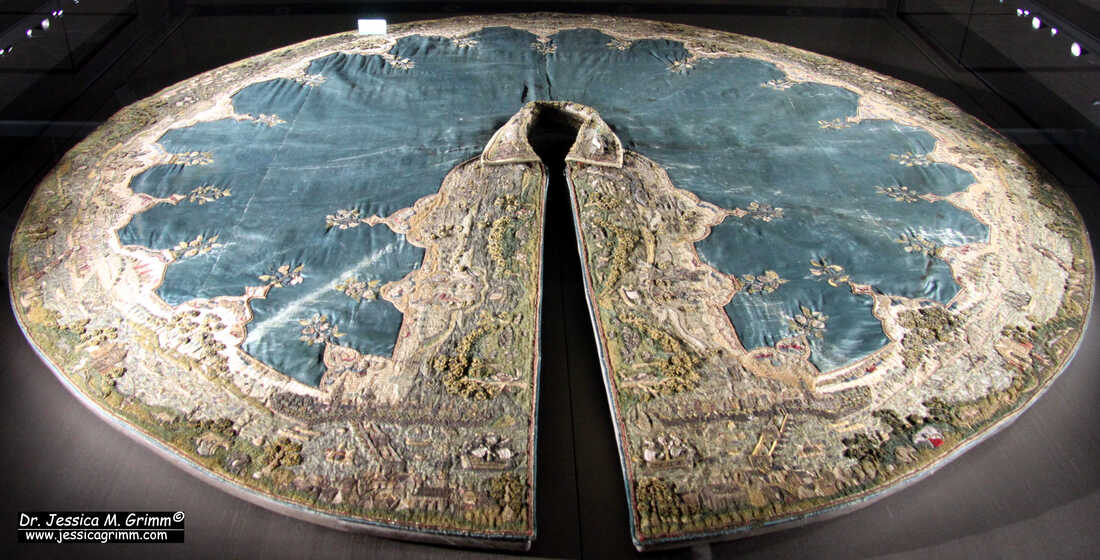
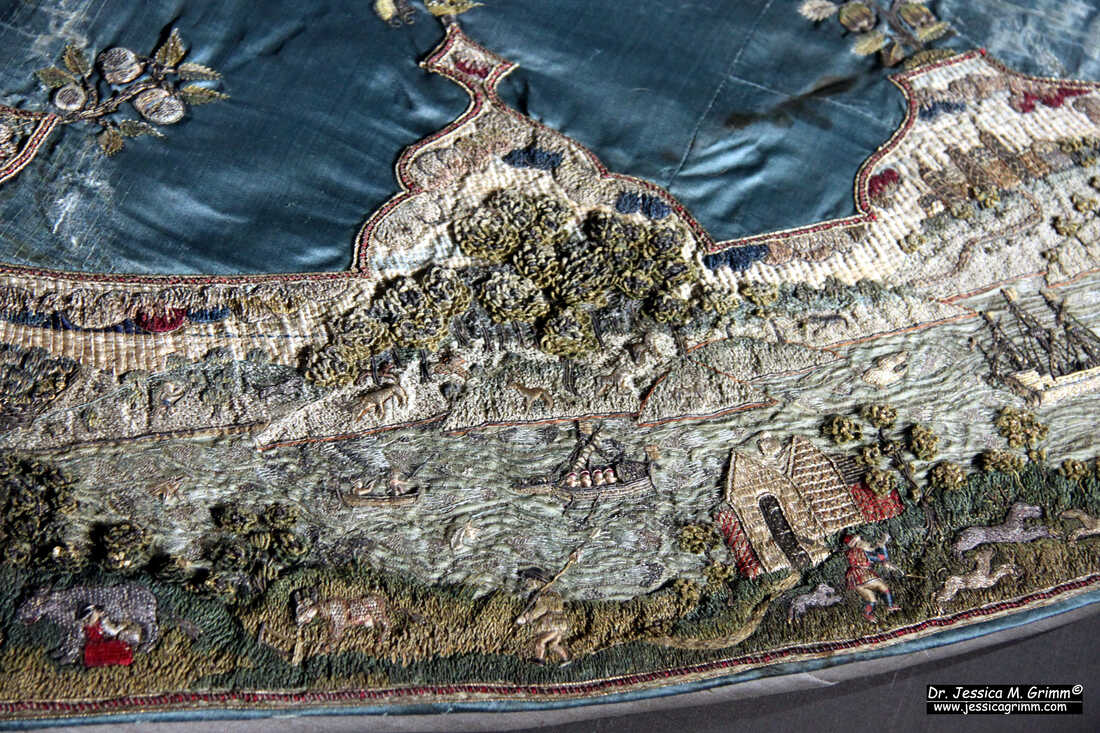
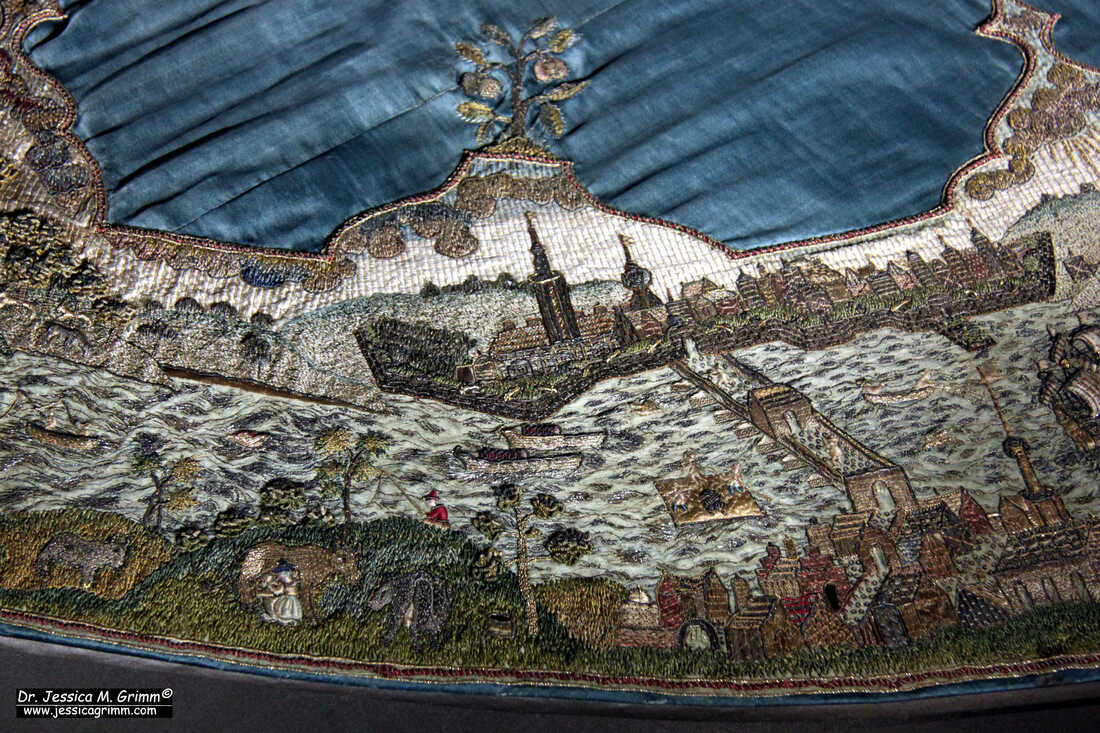
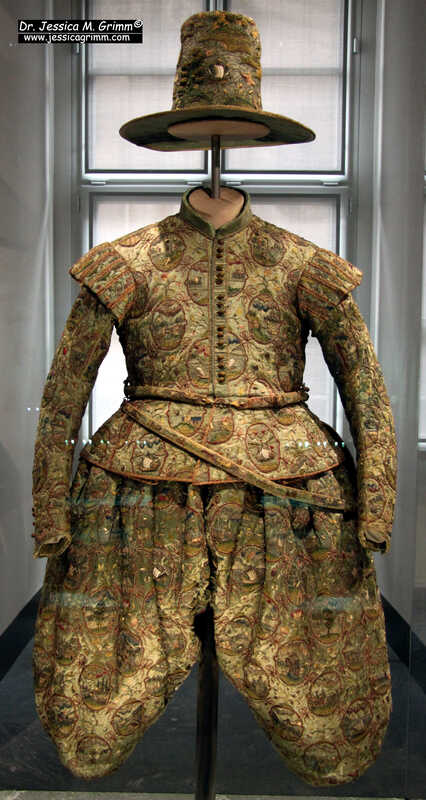
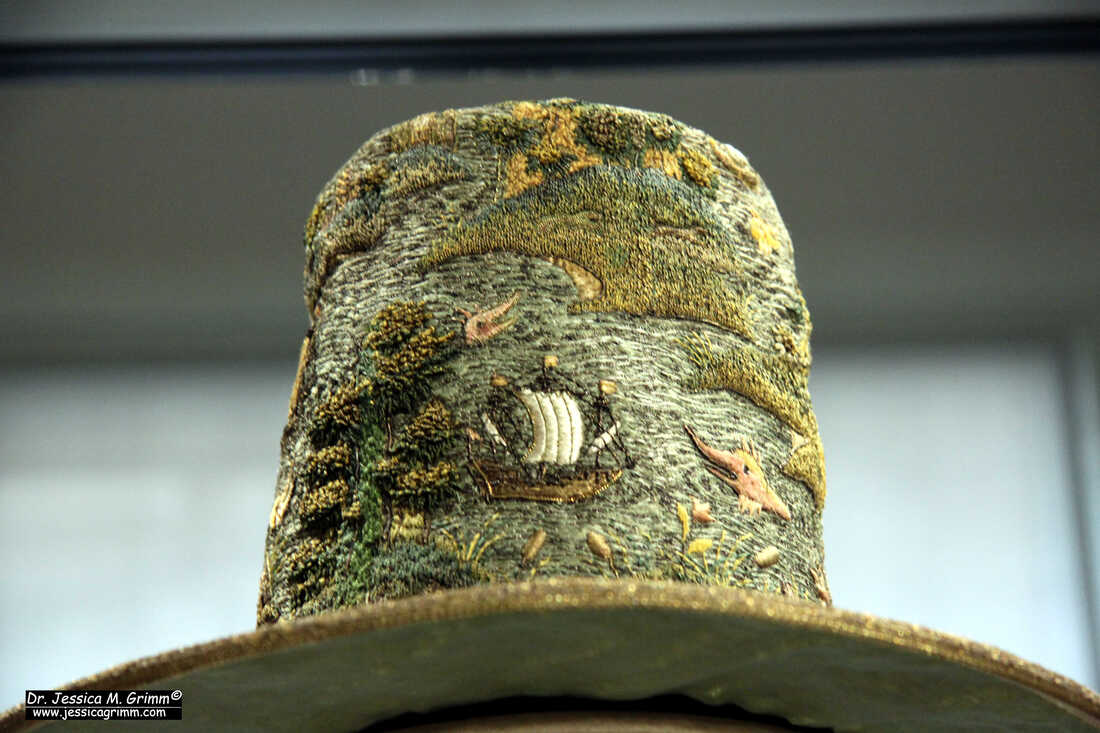
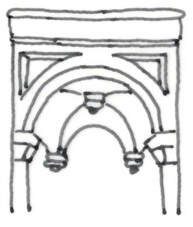
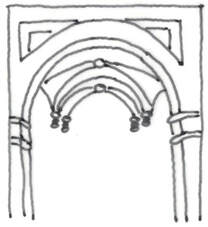
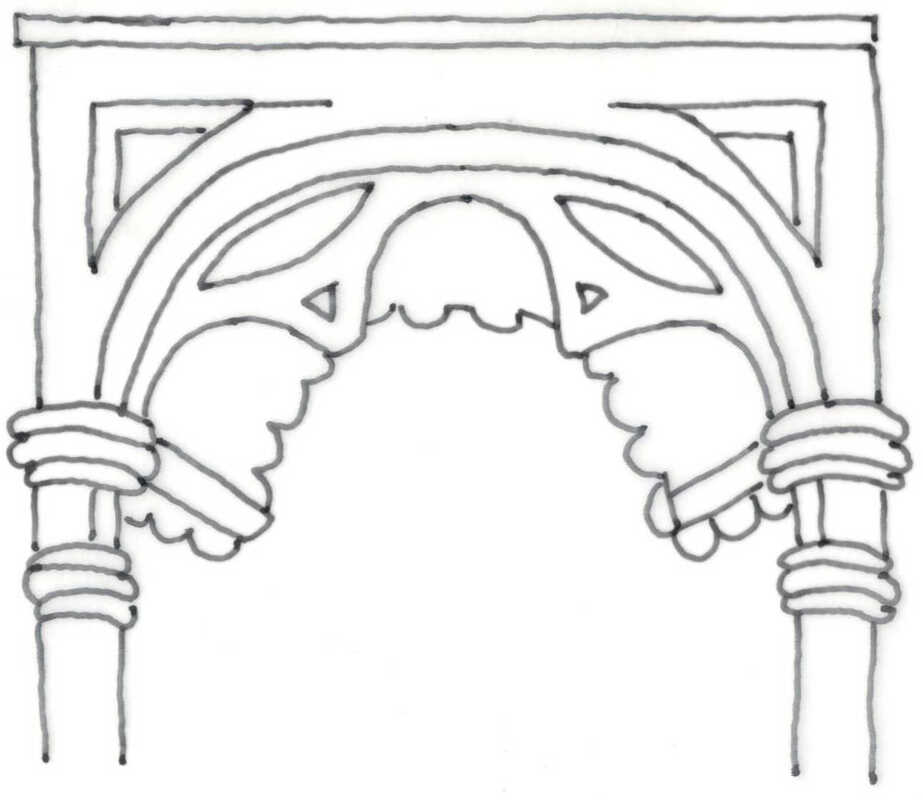
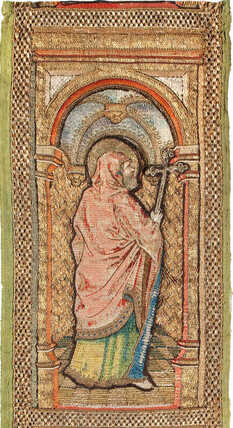
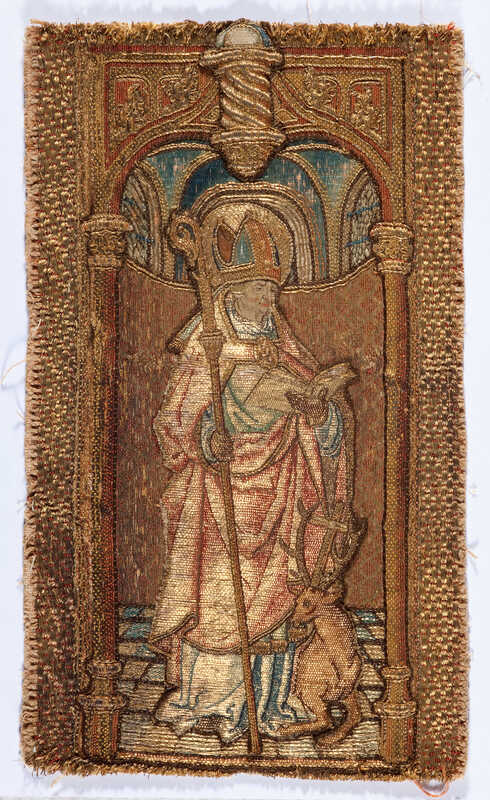
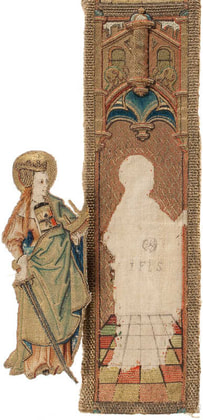





 RSS Feed
RSS Feed